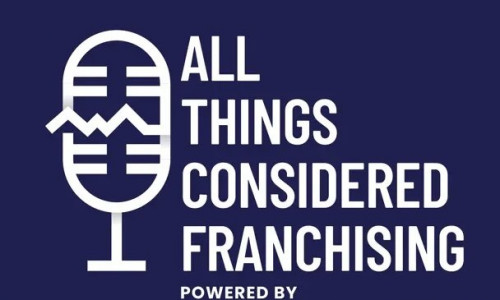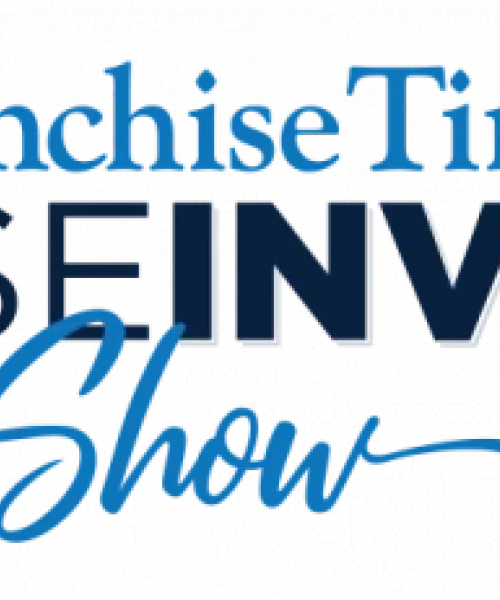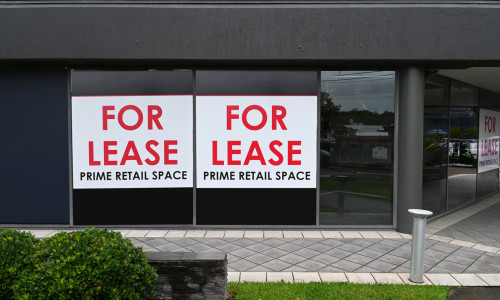 All Things Considered Podcast - Private Equity's Impact on Franchising
All Things Considered Podcast - Private Equity's Impact on Franchising
All Things Considered Podcast - Private Equity's Impact on Franchising
 Mastermind Minutes Interview - PE's Impact on Franchising
Mastermind Minutes Interview - PE's Impact on Franchising
Mastermind Minutes Interview - PE's Impact on Franchising
 Seven Qualities of the Most Successful Serial Entrepreneurs
Seven Qualities of the Most Successful Serial Entrepreneurs
Serial entrepreneurs embrace smart risk-taking because they know that’s where reward is found.
 PE Profit Ladder Market Watch Newsletter: Subway Emphasizes International, Pending Roark Acquisition
PE Profit Ladder Market Watch Newsletter: Subway Emphasizes International, Pending Roark Acquisition
The PE Profit Ladder is at work at the top end of the market as well. Predictably, Subway is focused on recruiting experienced QSR MUOs to build out international markets to off set US closures. The international opportunity is indeed tremendous. Experienced turnaround CEO John Chidsey has made good progress so far on the plan. It is interesting that in recent interviews (e.g. Yahoo Finance) he mentioned how he appreciated having no debt when privately held...which allowed him to invest in the business and do some things needed to support the brand turnaround. That will certainly change under Roark, which is likely to put a massive amount of debt on the books and take a big cash distribution within 6 months of the acquisition. #peprofitladder
 The Secret to a Successful Sale — Expert Tips to Navigate Common Deal Derailers
The Secret to a Successful Sale — Expert Tips to Navigate Common Deal Derailers
The more you can anticipate potential deal de-railers, the more likely you'll have a successful exit transaction worthy of your time, investment and effort. These derailers are, unfortunately, much more common than many business owners realize. Preparation is key!
 What Happens When PE Invests At the Outlet Level. Is Activism Next?
What Happens When PE Invests At the Outlet Level. Is Activism Next?
It is usually a good sign when PE invests at the outlet level - because it signals unit level economics are attractive. But what happens when PE investors later become the majority of franchisees in a system? How do relationship dynamics change? Are franchisor management teams (even brands PE-backed themselves) prepared?
 Franchise Times Investment Show
Franchise Times Investment Show
How has private equity changed due diligence for prospective franchisees? Listen to my interview with Franchise Times Editor-in-Chief Laura Michaels to kick off the FT Investment Show.
 In the Hunt for Real Estate, Franchisors Can Take Smart Steps to Stay Ahead
In the Hunt for Real Estate, Franchisors Can Take Smart Steps to Stay Ahead
The market is tight for the best retail locations and construction costs are up. Real estate expert Jonathan Hill shares what growth-focused franchisors can do to keep franchise development on track.
 Use the Private Equity Mindset to Find a Great Franchise Business
Use the Private Equity Mindset to Find a Great Franchise Business
How are you "showing up" mentally to the franchise search? Are you pressure testing your thinking and assumptions? You can adopt PE's mindset to make better decisions when investigating franchise concepts.
Popular Insights
As Seen In



PE Profit Ladder® Market Watch Newsletter
PRIVATE EQUITY’S IMPACT ON FRANCHISING
EMERGING BRANDS
TRENDS
BUILDING SMART
PROSPECTIVE FRANCHISEES
TURNAROUNDS & CASE STUDIES

